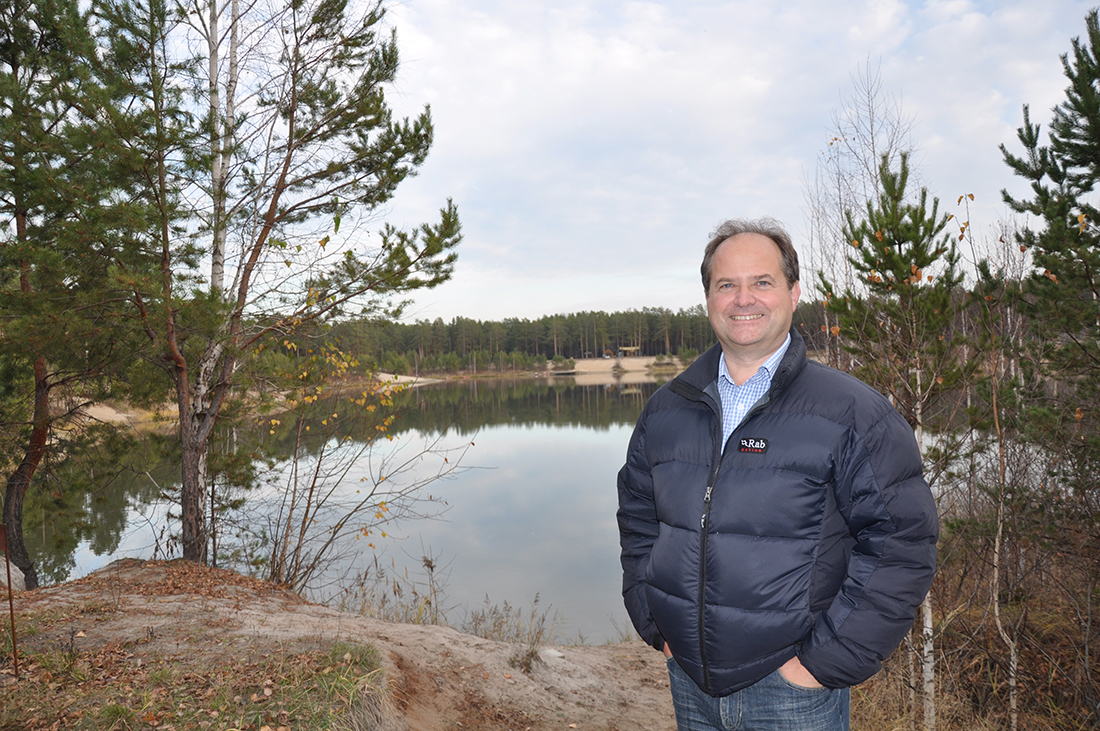They came dressed in black, giving sombre speeches as others lay wreaths and flowers.
But this funeral march wasn’t for a person – it was for the Pizol glacier in eastern Switzerland.
Scientists say the alpine ice flow has lost over 80% of its volume since 2006 and can no longer be classified as a glacier.
It’s the second public funeral held for a glacier in 2019, following the mourning of Okjokull – the first of Iceland’s glaciers lost to climate change.
Guests, including Iceland’s Prime Minister, were warned the funeral was likely the first of many, with scientists predicting all of the country’s glaciers will be gone in 200 years.
A plaque placed at the site bears a message to the future:
“This monument is to acknowledge that we know what is happening and what needs to be done. Only you know if we did it.”

Glaciers 101
A glacier is essentially a huge mass of ice that moves over land.
They’re created when fallen snow is around long enough to compress over many years into a thick body of ice.
“That body of ice, the glacier, moves down the slope,” says Curtin University petroleum geologist Professor Chris Elders.
“[It’s] similar to the way a river would flow down to a valley but obviously at a much slower rate.”
Australia is the only continent not to have glaciers, although there are plenty in New Zealand.
Most glaciers move very slowly – only a few centimetres a day – but some have been observed moving 50 metres over a 24-hour period.
Sign of the times
Chris says glaciers are a very visual sign of our changing climate.
“If the ice and the snow, or the snow that’s turning to ice, is accumulating more quickly at the top of the glacier than it melts at the front of the glacier, the glacier will move forward,” he says.
“But if the melting is happening more rapidly, then the rate at which the ice is being supplied to the front of the glacier can’t keep up.
“And so the glacier retreats and eventually disappears completely.”
Chris says glaciers are retreating the world over, and if the climate continues to warm without a brake being applied, eventually all the glaciers will disappear.
“There have been times in the Earth’s history when there have been no ice sheets and no glaciers,” he says.
“There’s actually, interestingly, been other times in Earth’s history where some people believe the whole of the globe was covered by a single ice sheet in what’s called ‘snowball Earth’.”
Rising sea levels
There’s another reason glaciers are important.
“When the ice sheet melts and the water flows into rivers and flows out to sea, then that water is being transferred from the land to the sea,” Chris says.
“And that is one of the main factors that contributes to sea level rise.”

At the moment, about 10% of the planet’s land area is covered with glacial ice, and glaciers store 69% of the world’s freshwater.
Chris says it’s vital that we take measures to reduce emissions and contain the current rise in temperatures.
“We can do an awful lot more about the way in which we generate electricity, the way in which we use energy,” he says. “We can also do a lot more about how we remove carbon dioxide that’s already in the atmosphere.”











